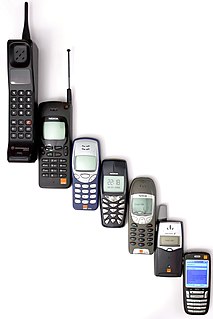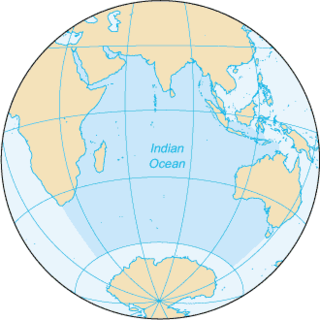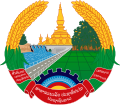Communications in Burundi include radio, television, fixed and mobile telephones, the Internet, and the postal service in Burundi.
Telecommunications in the Central African Republic includes radio, television, fixed and mobile telephones, and the Internet as well as the postal system.
Since being liberalized in 1991, the Colombian telecommunications sector has added new services, expanded coverage, improved efficiency, and lowered costs. The sector has had the second largest investment in infrastructure since 1997. However, the economic downturn between 1999 and 2002 adversely affected telecommunications. During this period, Colombia's telecommunications industry lost US$2 billion despite a profit of US$1 billion in local service. In June 2003, the government liquidated the state-owned and heavily indebted National Telecommunications Company and replaced it with Colombia Telecomunicaciones. The measure enabled the industry to expand rapidly, and in 2004 it constituted 2.8 percent of gross domestic product (GDP). Telefónica of Spain acquired 50 percent plus one share of the company in 2006.
Telecommunications in Georgia include radio, television, fixed and mobile telephones, and the Internet.
Telephones - main lines in use: 159,000 (1995)
Telecommunications in Jamaica include radio, television, fixed and mobile telephones, and the Internet.
Telecommunications in Kuwait provides information about the telephone, Internet, radio, and television infrastructure in Kuwait.
With Macau's population and its small market, only a few media options are available for the local people. Because radio signals, newspapers and magazines from Hong Kong are available in Macau, the local media are always a minority group in terms of sales and number of viewers.
Telecommunications in Namibia include radio, television, fixed and mobile telephones, and the Internet.
Telecommunications in Paraguay are meager. Paraguay has the lowest fixed-line telephone density in South America, with 5.6 lines per 100 residents, compared with 8.7 per 100 in Bolivia, 21.9 in Brazil, and 24.9 in Argentina.
Telecommunications in Rwanda include radio, television, fixed and mobile telephones, and the Internet.
Communications in Saint Lucia
This article is about telecommunications in Saudi Arabia which includes fixed and cellular phones, internet as well as radio and television broadcasting and issues relating to the provision of these services.
Telecommunications in Eswatini includes radio, television, fixed and mobile telephones, and the Internet.
Extensive telecommunication facilities exist in Switzerland. They include the telephone system, internet, and broadcast media.

Telecommunications in Azerbaijan provides information about television, radio, fixed and mobile telephones, and the Internet in Azerbaijan. The Azerbaijan economy has been markedly stronger in recent years and, not surprisingly, the country has been making progress in developing ICT sector. Nonetheless, it still faces problems. These include poor infrastructure and an immature telecom regulatory regime. The Ministry of Communications and Information Technologies of Azerbaijan (MCIT), as well as being an operator through its role in Aztelekom, is both a policy-maker and regulator.
This article concerns the systems of telecommunications in Portugal. Portugal has a modern and flexible telecommunications market and a wide range of varied media organisations. The regulatory body overseeing communications is called ANACOM.
The telephone system in Andorra, including mobile, data and Internet is operated exclusively by the Andorran national telecommunications company, Andorra Telecom, formerly known as Servei de Telecomunicacions d'Andorra (STA), which operates with the brand SOM. The same company is also responsible for managing the technical infrastructure and national broadcasting networks for radio and television, both analogue and digital.
Telecommunications in Bahrain prior to 1981 were operated by two separate departments, National services by the Bahrain Telephone Company and International services by Cable and Wireless of the UK. These were combined in 1981 when the Bahraini government founded the joint venture Bahrain Telecommunications Company. Since then, other companies such as Zain and VIVA have entered the telecommunications sector.
Telephones - main lines in use: 110,300 (2007)
country comparison to the world: 137








